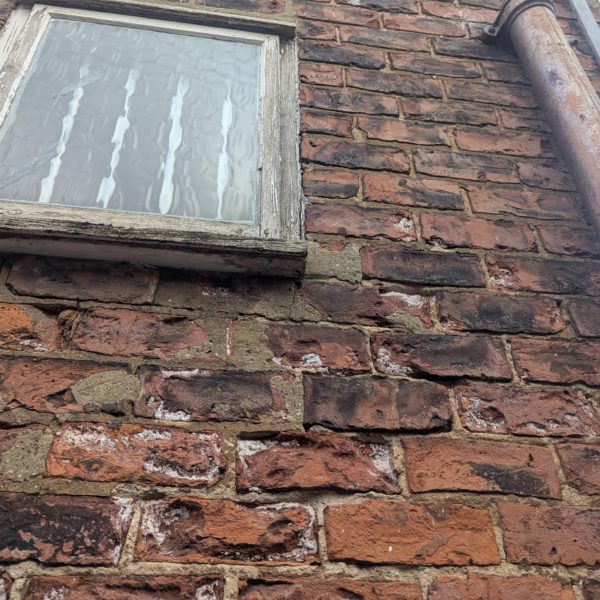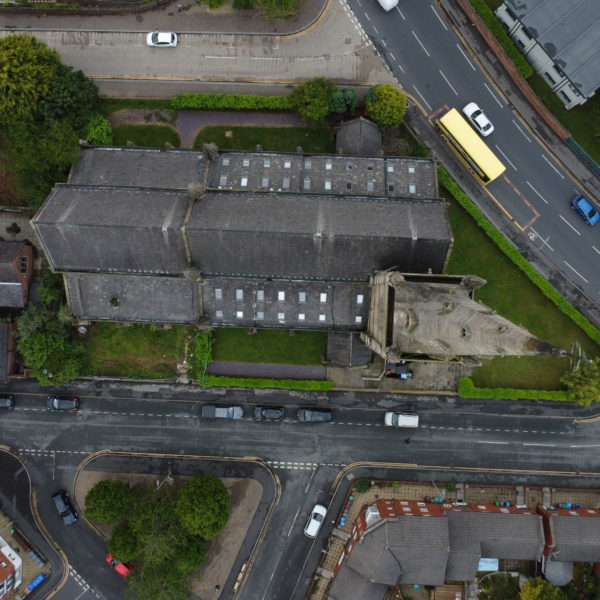Introduction
As seasoned chartered building surveyors specialising in dilapidations across the UK, we’ve observed that a tenant’s response to a Schedule of Dilapidations can dramatically influence the outcome. The way you approach, review, and negotiate can make all the difference. Both in legal clarity and financial consequence. Here’s your step-by-step guide to handling these claims with confidence.

1. Act Immediately—Don’t Delay
An immediate reaction is critical. Typically, a Schedule can be served during the lease, within the final year, or even within 56 days after lease end. Prompt review prevents missed deadlines and allows you to mount a proper defence.
2. Review the Lease Thoroughly
Take a close look at your lease terms:
- Repair obligations — Is it “keep in repair,” “put and keep in repair,” or “yield up in repair”?
- Reinstatement clauses — Do lease terms enable the landlord to demand removal of alterations or reinstatement to an original layout?
- Decoration and maintenance cycle — Are you obligated to redecorate periodically or before vacating?
Understanding the precise terms helps identify which claims are valid and which may be negotiable.
3. Instruct a Chartered Surveyor—Request a Scott Schedule
Respond effectively:
- Commission your own dilapidations expert to prepare a Scott Schedule, offering item-by-item analysis, cost rebuttal, and legal context.
- This proactive approach clarifies which works are genuinely your responsibility and helps build a strong counter-claim.
4. Employer Reinstatement Obligations
One frequently overlooked area involves the reinstatement of alterations. Often separated from repairs, tenants may be obligated to restore the property’s original layout, restrictions typically found in the alterations covenant, licence, or yield-up clause.
Without clear documentation, reinstatement demands can expose you to unexpected expense and legal risk.
5. Use Section 18 Cap and Supersession Defence
Under Section 18 of the Landlord & Tenant Act 1927, your liability may be limited to the diminution in value, not the full cost of repairs. This cap applies even when extensive repair costs are claimed.
Additionally, if the landlord plans demolition or refurbishment, a supersession defence may apply, effectively limiting recovery of damages.
6. Consider Alternative Dispute Resolution (ADR)
Engaging in mediation or expert determination under the RICS Dilapidations Protocol can prevent costly litigation and delay. This method promotes early transparency and a cost-sensitive resolving process—regardless of who initiated the dispute.
7. Stay Proactive with Interim Assessments
Don’t wait for the final schedule. Arrange a pre-expiry (interim or anticipated) dilapidations report 6–12 months before lease end. This aids in budgeting, enables self-remediating works, and may help settle issues before they escalate.
8. Budgeting and Strategic Settlement
Evaluate:
- Cost of performing works vs. cash settlement
- Timing—works during occupation may cost less than post-exit enforcement
- Dispute liability items to negotiate better terms
Well-planned financial strategy helps minimize unexpected liabilities and protects your bottom line.
Calculate your survey costConclusion
To effectively respond to a Schedule of Dilapidations, follow these steps:
- Respond promptly
- Know your lease inside out
- Commission a Scott Schedule from a surveyor
- Recognise reinstatement obligations
- Apply legal caps like Section 18 and supersession
- Use ADR when possible
- Gain early insight via interim surveys
- Budget and strategize around occupancy vs. settlement
Combined with expert advice, this approach will help any tenant navigate dilapidations claims with clarity and control.
About Fourth Wall Building Consultancy
Fourth Wall Building Consultancy specialises in UK commercial property dilapidations, offering expert surveying and consultancy services tailored to landlords and tenants. We offer:
- Highly Experienced Chartered Surveyors with a proven track record in dilapidations claims.
- Transparent Pricing Models to help clients budget effectively.
- Early Engagement Approach, minimizing costly end-of-lease surprises.
- Comprehensive Reporting using the latest digital tools for clarity and precision.
- Dispute Resolution Support to avoid expensive litigation.
Related Services
- Dilapidations surveys and schedules
- Pre-Lease compliance and condition assessments
- Building condition reports and maintenance planning
- Dispute negotiation and expert witness support
Frequently Asked Questions (FAQs)
Q1. What’s the deadline for responding to a Schedule of Dilapidations?
While timeframes vary, interim or terminal schedules may be served during the last three years of the lease, and a final schedule may arrive up to 56 days after expiry, prompt attention is essential.
Q2. What is a Scott Schedule?
A Scott Schedule is a structured document outlining each disputed item, your response, justification, and cost justification—helping build a compelling defence.
Q3. Can I avoid reinstatement if I altered the property?
Only if the lease lacks reinstatement provisions or if you have written landlord consent limiting reinstatement obligations. Otherwise, you risk being contractually bound to restore the property layout.
Q4. How does the Section 18 cap work?
Section 18 limits your liability to the reduction in the property’s value, not the full repair cost. If a landlord intends to redevelop, this cap may reduce or nullify damages.
Q5. Should I settle or do the work?
A settlement may offer speed and lower disruption, but completing work might be cheaper if managed early. A detailed cost-benefit and logistical assessment, ideally informed by a surveyor’s report and market quotes, will guide your choice.









